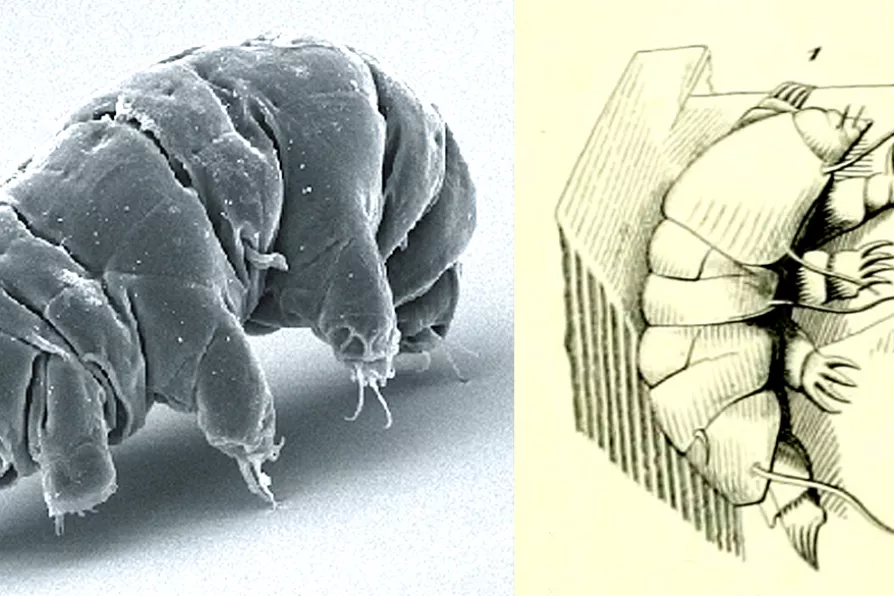Cuba Solidarity Campaign secretary BERNARD REGAN says the inhuman blockade of Cuba not only continues, but the Donald Trump administration is ratcheting up aggression against both Havana and Latin America more widely

 (L to R) SEM (scanning electron microscope) image of Milnesium tardigradum in active state and a drawing of a tardigrade on a grain of sand from 1840
(L to R) SEM (scanning electron microscope) image of Milnesium tardigradum in active state and a drawing of a tardigrade on a grain of sand from 1840
Lithopanspermia is a proposed method of life being distributed around the universe, whereby extremely hardy organisms might travel on rocks ejected from one planet that crash land on another. It means alien life forms travelling from one planet to another to start a new life.
The organisms that could potentially complete this journey would need to be very tough indeed. In the first place, they would need to survive within a rock travelling through space, which would subject them to very high doses of cosmic radiation.
The precise radioactive dose would depend on how long the rock is travelling between the two planets. Rocks that travel between Earth and Mars would be travelling so long that the dose received even deep in the centre of the rock would be enough to kill any known living organism.
Science has always been mixed up with money and power, but as a decorative facade for megayachts, it risks leaving reality behind altogether, write ROX MIDDLETON, LIAM SHAW and MIRIAM GAUNTLETT
















